I'm trying to get read data off and an LTC1867 ADC chip. My previous questions are based around this for more info
- Raspberry Pi- SPI with Hi-Res Bipolar ADC Chip (LTC1867). Wrong values being read
- How to measure bipolar analog signal accurately (to 1mV) on raspberry pi
My values were consistently wrong. I think my code works correctly. I have tried both using pigpio and spidev and both give the same wrong results.
I used piscope on two different raspberry pis to make sure the problem wasn't from my pins. The results are shown below. This is different from what I would expect from the datasheet as the pulses aren't even. but there are 16 pulses nonetheless.


My main questions are:
- Does anyone have any idea why my waveforms are coming out like that/how to fix it
- Why do I get random values?
- Would bitbanging/software SPI solve the issue?